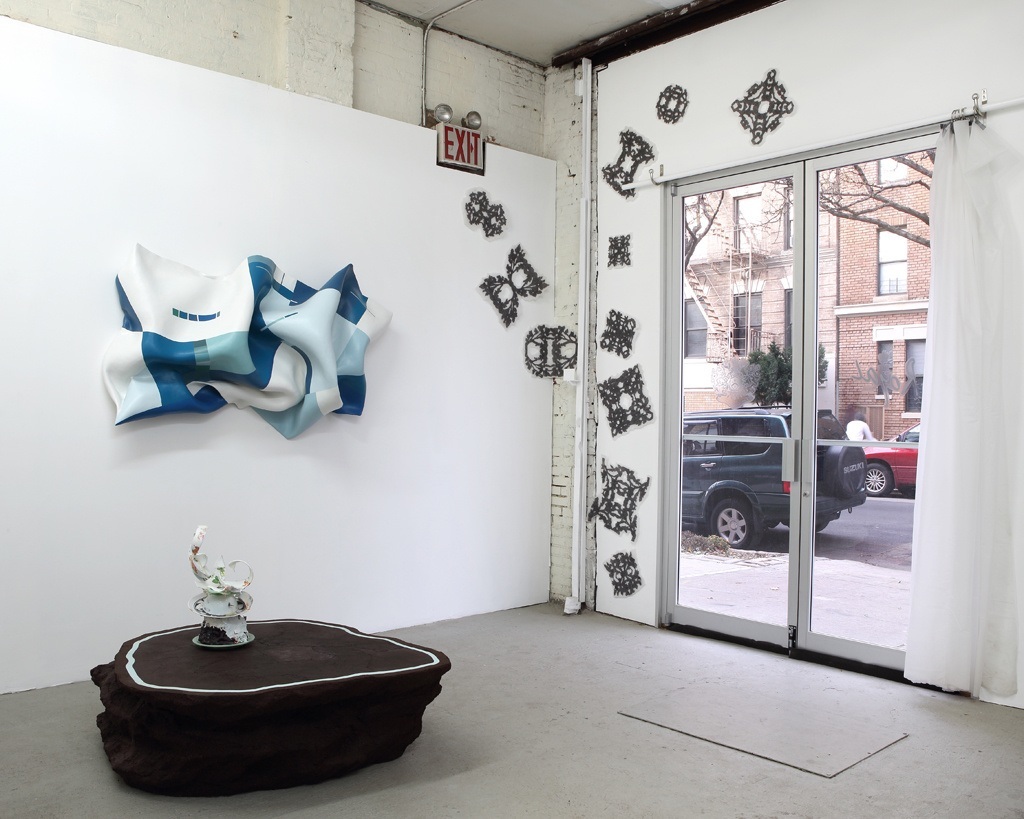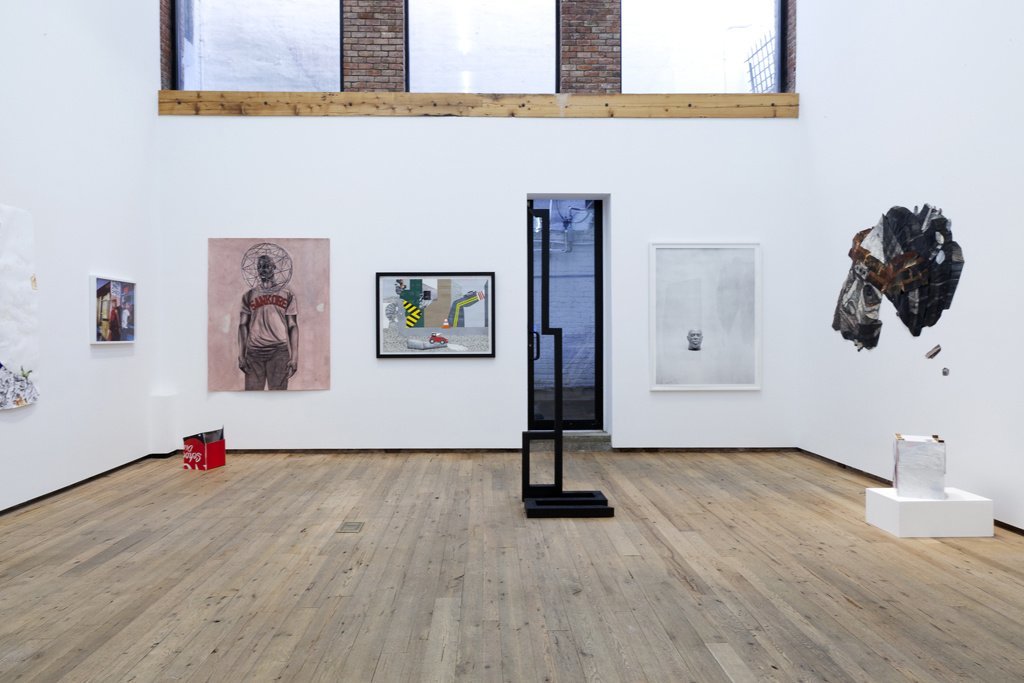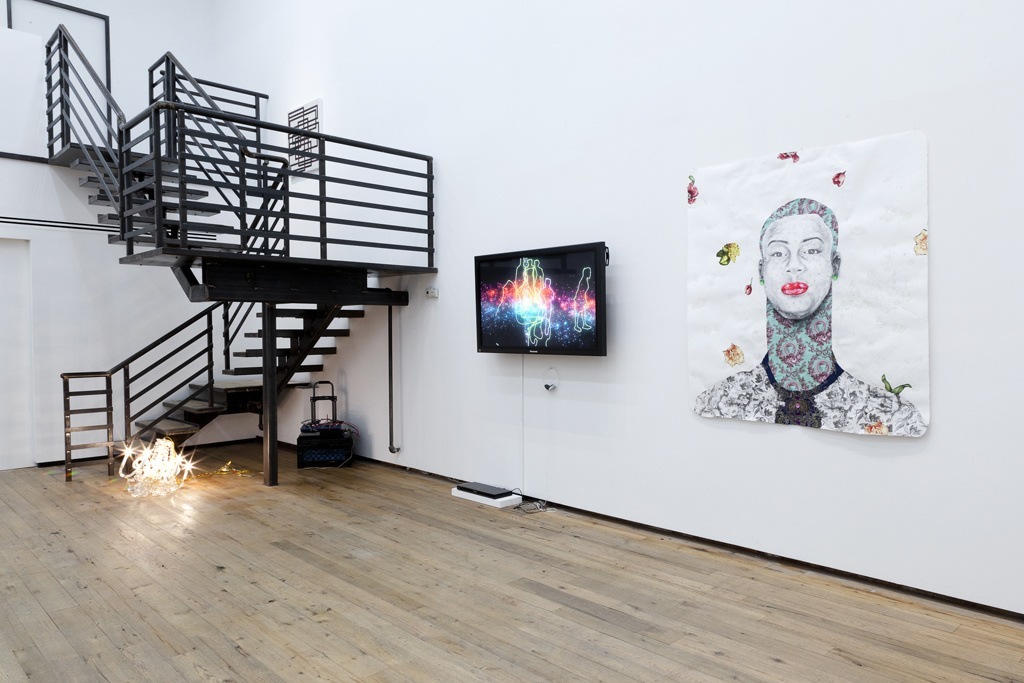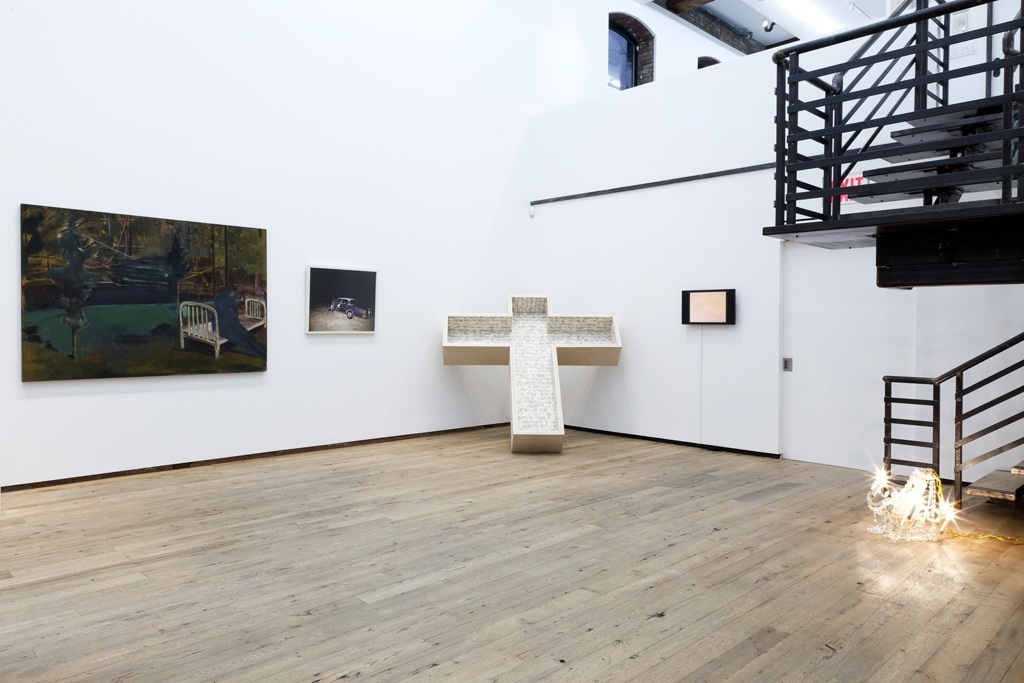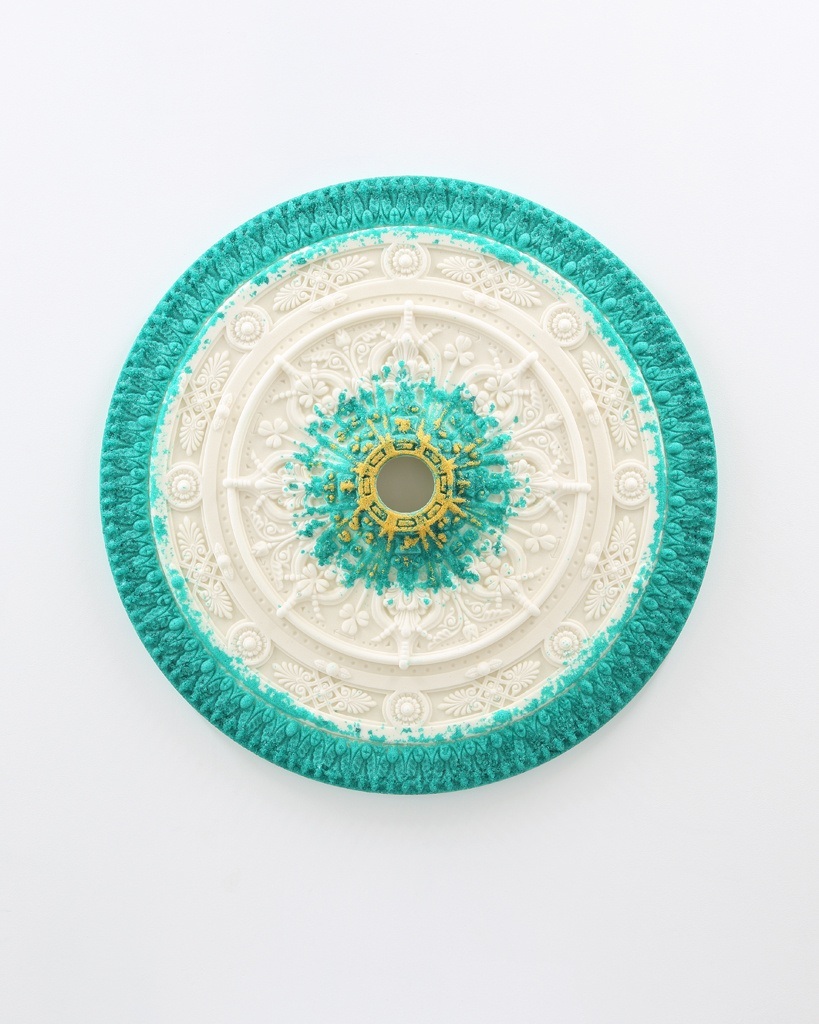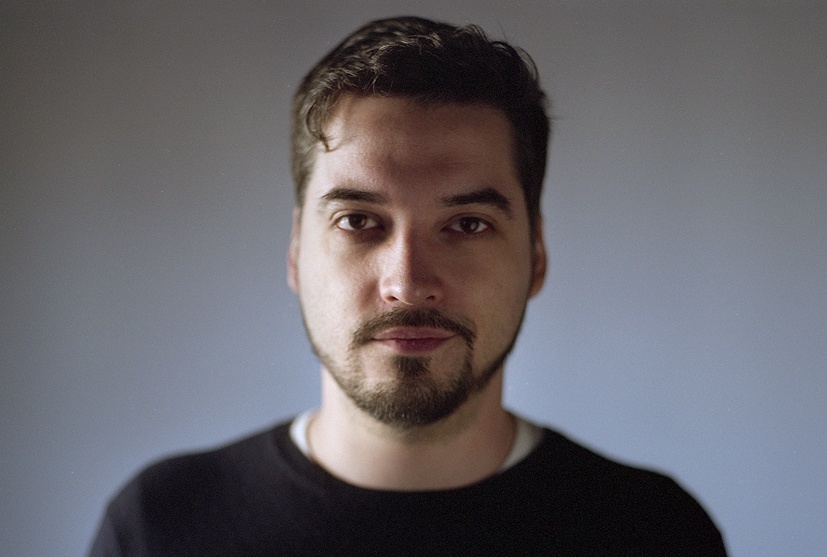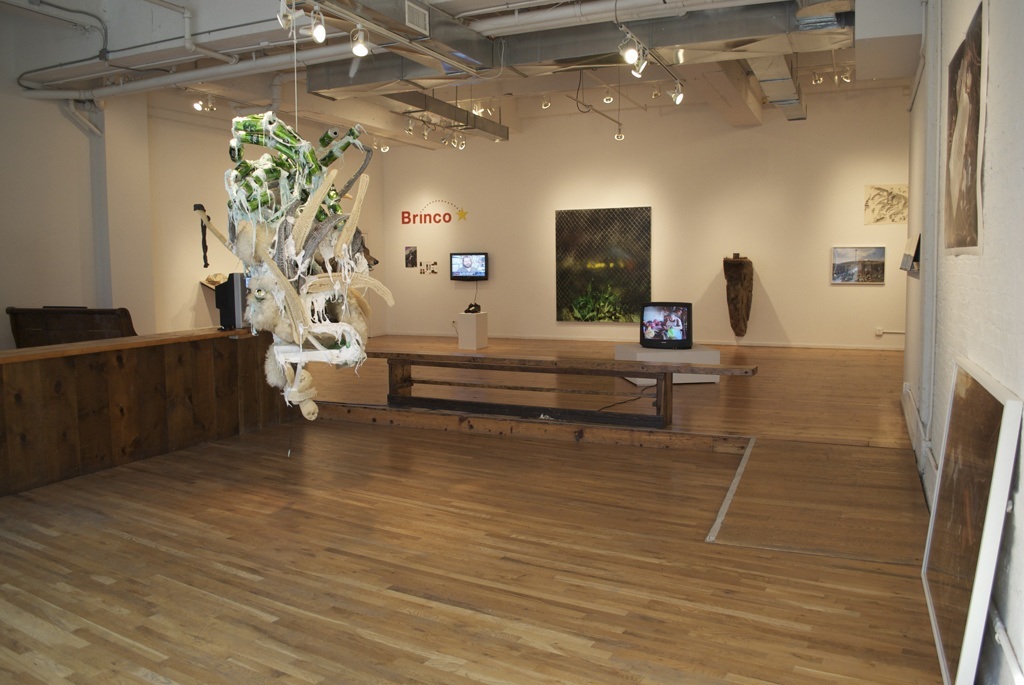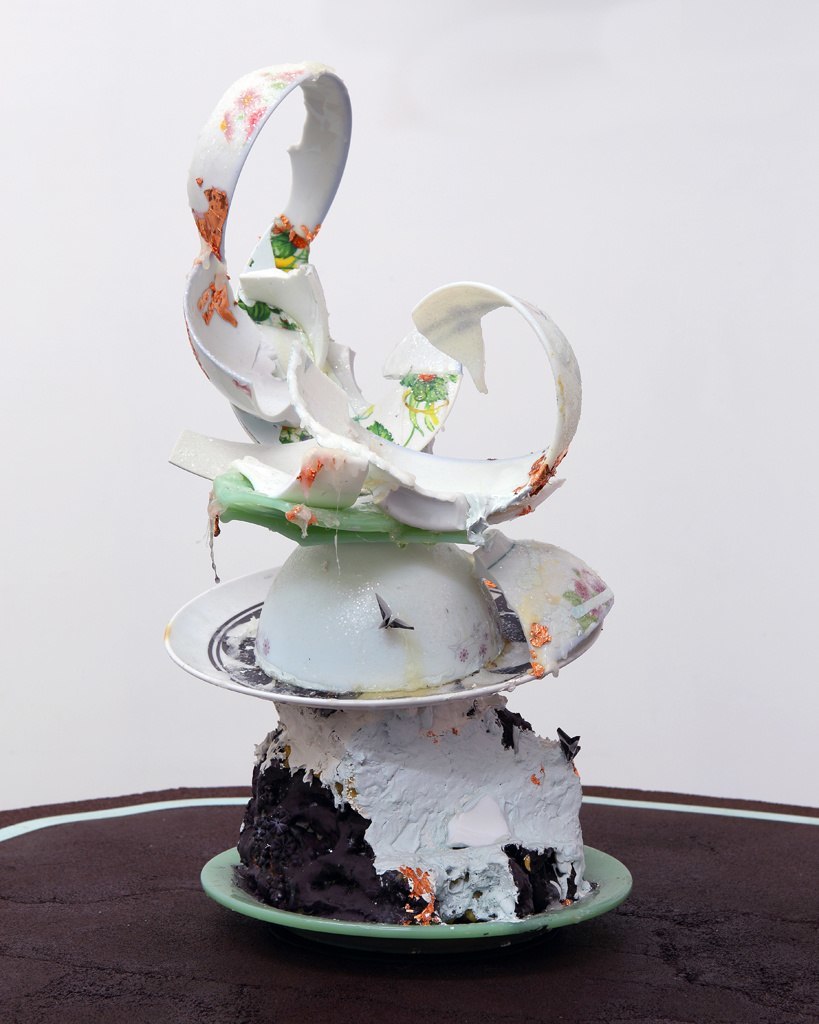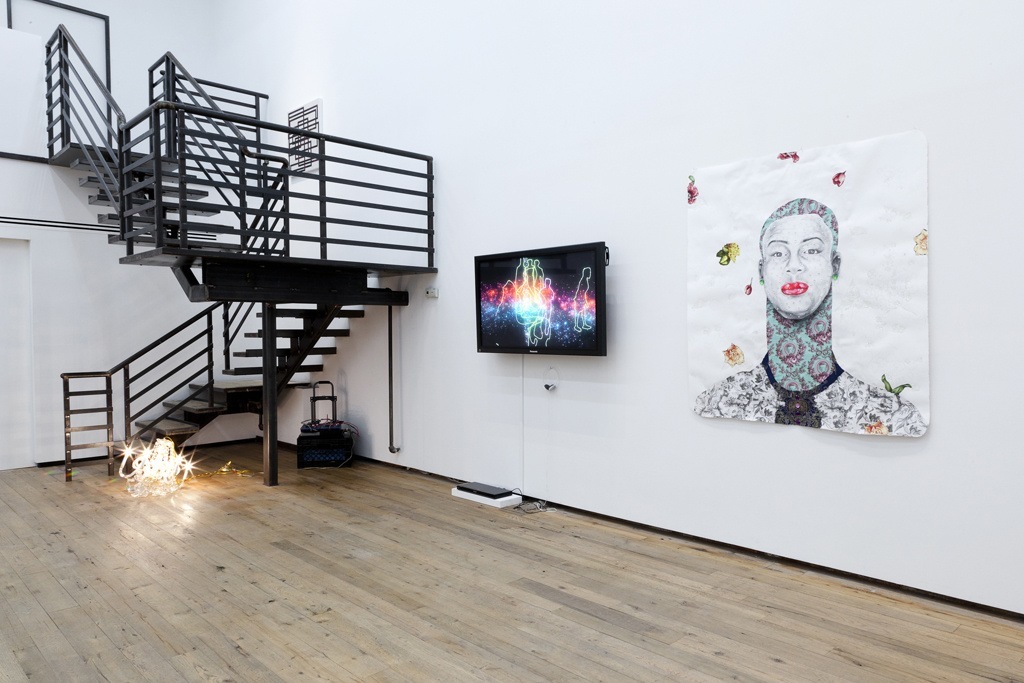Margrethe Aanestad: You studied Economics and Political Science at Columbia University. When and how did you turn towards the visual arts, and how does your educational background influence you as a writer and curator?
Ian Cofre: I grew up with a penchant for creativity in several forms: I was music obsessive, flirted with becoming an actor, and had close ties to the artists around me. It was much later in isolation abroad, when nothing else was at stake that I found myself so drawn to museums and galleries, seeking out deeper knowledge about what I saw around me and the underlying institutions.
Under the impression that I wanted to be a lawyer, it made sense at the time to study what I did. Even now, I think it influences how I look at the interconnectedness of human systems and behaviours, which facilitates a constant moving between perspectives and different scales of analysis. I was also steeped in Anthropology and Critical Theory, which continues to impact the kinds of decisions I make in my work.
MA: I guess the previous question is part of the following: to get to the core of the matter; what are your main interests in art, and why are you working in the field of visual arts?
IA: I suppose that most of the conversations that interest me in art have to do with activating the margins or periphery and questioning a mainstream perspective or central narrative. It’s an ongoing dialogue between the reality of the world(s) we live in and the ideas of freedom that I grew up associating with the pursuit of the artist. In some ways, it’s a very personal exploration of a progressive politics, and sometimes the topics I explore are explicitly so, but it’s also a good way to challenge the assumptions and internal logic of a hermetic field from becoming too conservative.
I was really lucky to have an artist-turned-independent curator already working in the visual arts as a mentor. That experience helped me see the pursuit through someone else’s perspective and internalise the expansive possibilities of curating as a career.
MA: In your experience working with art and artists, how do you personally know when something is special, that gut feeling that makes you want to share and collaborate – what triggers you?
IC: That “gut feeling” is different depending on the kind of work and medium because of the different senses used and recognizable histories at play. I prefer to avoid making decisions on the elation of sheer discovery and the feeling of newness, which is great when you’re looking for music, but only part of the equation in looking. There’s so much more access to endless artists and the work they make, I think that being sceptical of your own “taste” and what you do or don’t know allows you to digest the possibilities for a given artwork. And it’s not just how certain artists move the ball forward in the field, but how they execute their vision.
MA: You have done a lot so far in your career both in the US and South America, and you are originally from Chile. Would you say that being based in NY has been and is important to you? And if so, in what way?
IC: I was actually born and raised in the US to Chilean immigrants — not super close, but also not far from New York City. I grew up feeling that the speed and activity of New York was more my pace, and having lived here for fifteen years, it’s hard to find other cities that compare. It’s too complex to outline briefly, but NYC is such a contradiction as a global city that is a projection of the US (and it’s not even the capital), yet different in so many ways from the rest of the country. For me it’s been important as the place where a lot of my interests are centralised and as an amplifier for ideas.
MA: What are the projects you see as milestones in your career so far? What people and projects have you worked with that you would say have influenced you?
IC: One of my favourite projects was a temporary residency and exhibition co-curated with Omar Lopez-Chahoud (my mentor mentioned above) at Dumbo Arts Center in 2008/09. In general, I find a lot of inspiration from the artists with whom I work, especially over the long term. I’m still in contact with several of the artists that I represented briefly at an art gallery a few years ago.
MA: When we met in NY recently, you were just back from Chile where you took part in the Ch.ACO Art Fair. Can you tell us a little bit about that and the Pop_Up Spaces program? What was your focus and intention there?
IC: A co-curator and I were invited to select the twelve projects for the Pop_Up Spaces program, which is the emerging galleries section of this six-year-old art fair in Santiago, Chile. We chose spaces that had strong visual programs and whose curatorial proposals for the fair were coherent and challenging, either to the audience and/or the art fair model. We also tried to draw focus onto independent and artist-run spaces that ran the gamut of models for galleries today.
MA: I also saw your recent project at the RSOAA at the opening a couple of weeks ago, a great artist run space and project in Williamsburg! Can you tell us a little bit about your curatorial concept?
IC: The Royal Society of American Art (RSOAA) is a small, artist-run studio and exhibition space in Williamsburg and I had the opportunity to curate a show titled barriococo there for Nov-Dec 2014. The title of the show took the concept of the “barrio” and “rococo” to present Latino and Latin American artists working in this visual lineage of decorative and elaborate work in new ways to bring up questions about the exchange of ideas between Northern European (Western) and particularly American histories.
MA: We are so excited the you are curating an exhibition in Stavanger next year at Prosjektrom Normanns! We know it´s a few months away, but can you tell us anything about what we can expect?
IC: I’ve been having an interesting, yet sceptical conversation with friends for the past year around Timothy Morton’s writings on Object Oriented Ontology and “dark ecology,” and there are facets of that conversation that have at least helped to organize some ideas around the exhibition I have planned for Prosjektrom Normanns.
MA: And finally, are you currently working on any other upcoming projects? I know you have a lot going on, and we are curious!
IC: It’s been good to rededicate my efforts solely toward curating again, and so I’m working on two other exhibitions for Spring 2015, and something for Fall 2015. I don’t have too many public details, but I’m reading a lot on deep learning, neuroscience, and perception, and the exhibitions will have something to do with that to varying degrees.
Ian Cofre is an independent curator and writer based in New York City, working primarily with emerging and established artists, locally based and from Latin America. He earned his BA at Columbia University, and has previously worked as Director for a Lower East Side gallery, Studio Manager for a high-profile contemporary artist, and most recently as US Director for the PINTA NY art fair. Recent projects include barriococo at The Royal Society of American Art (Brooklyn, 2014); co-curating as one of ten curators, TEN at Cindy Rucker Gallery (New York, 2014); Bigger Than Shadows, DODGEgallery (New York, 2012) with Rich Blint; and both Tracing the Unseen Border, La MaMa La Galleria (New York, 2011) and Southern Exposure at Dumbo Arts Center (Brooklyn, 2009) with Omar Lopez-Chahoud. Other shows include Behind Closed Doors (2011), a curated solo project by Manuela Viera-Gallo at Y Gallery, NY, and The Doubtful Guest (2010) at Kill Devil Hill, NY. Recent writings include co-authoring an essay for the Hyde Park Art Center and a bilingual profile of Alberto Borea for Arte al Día. Profiles and reviews of exhibitions he has curated have appeared in The Art Newspaper, Arte al Día International, and The Wall Street Journal, among others.
